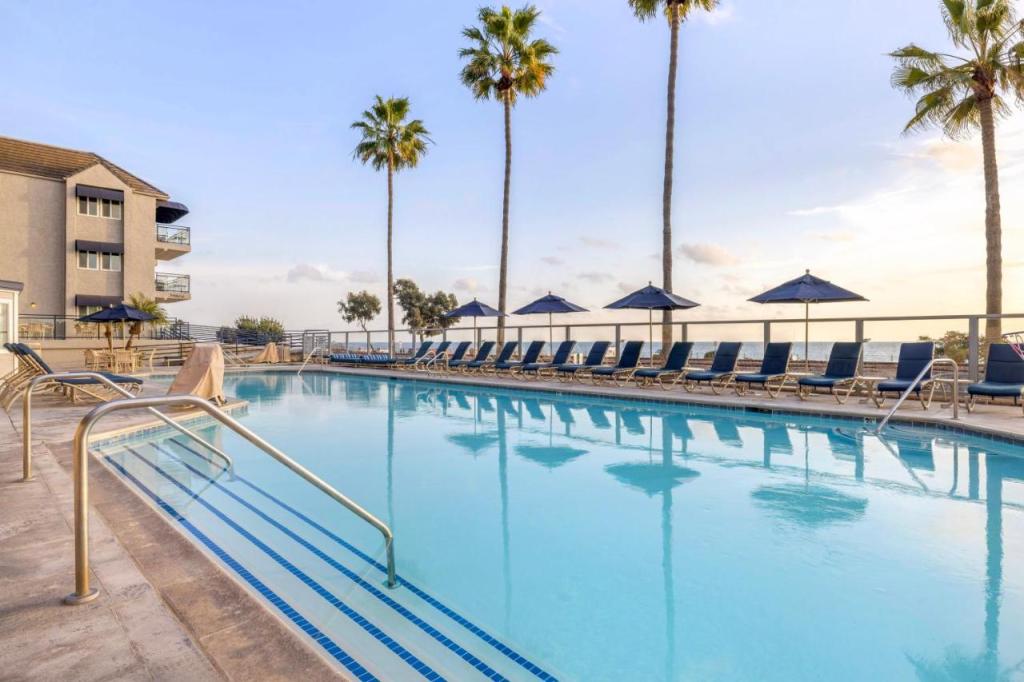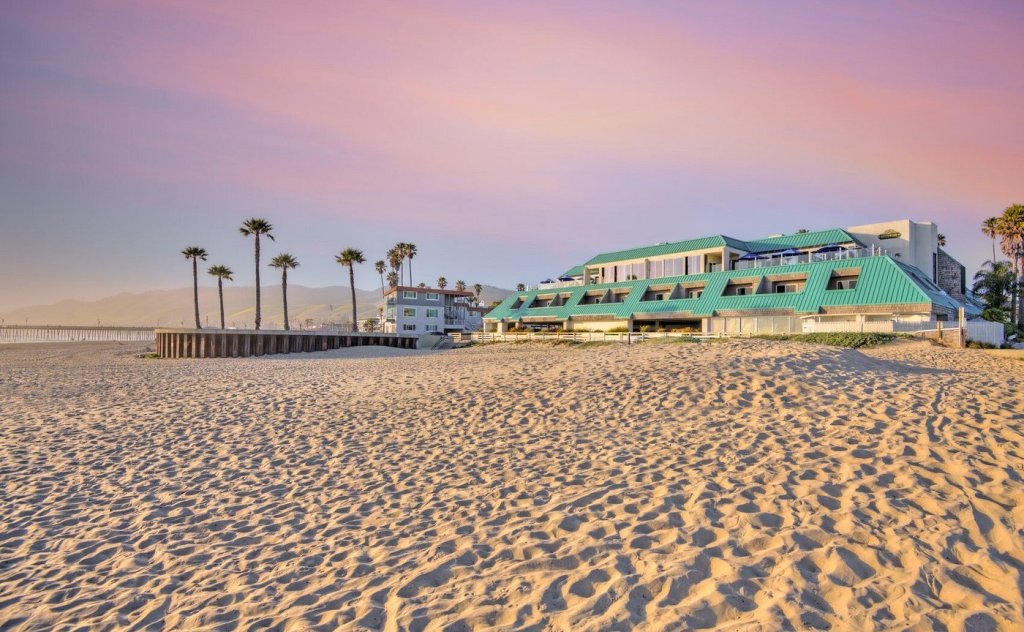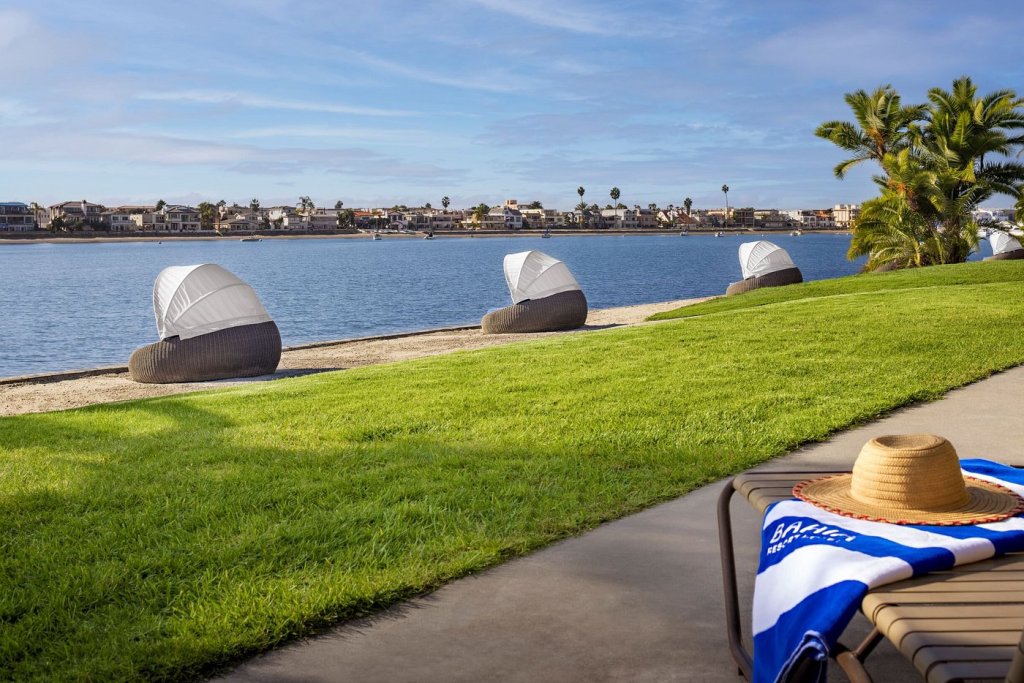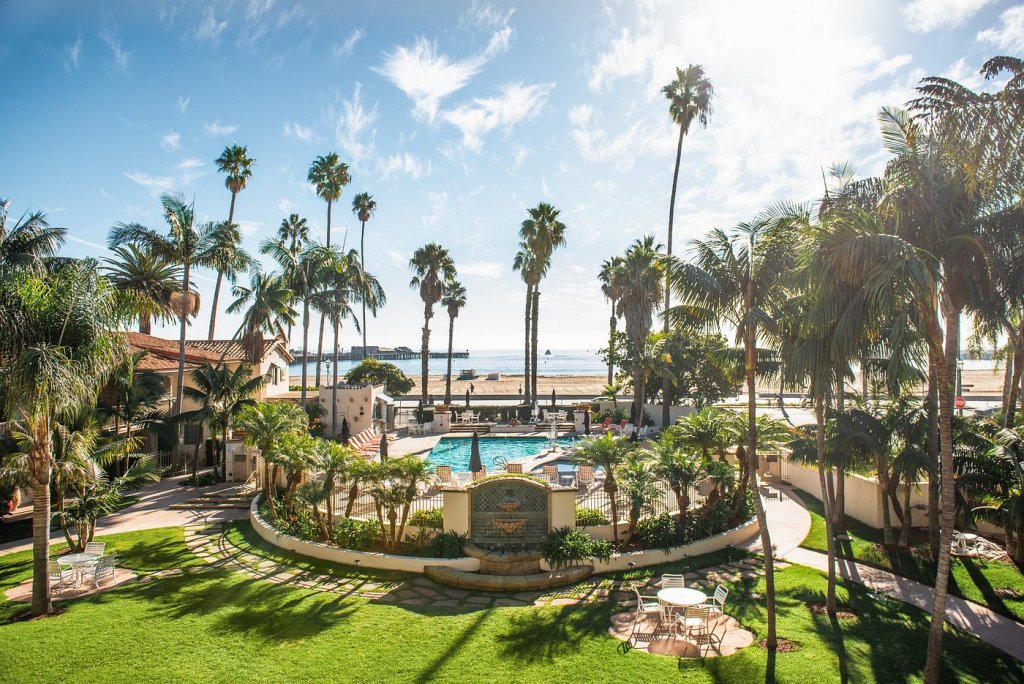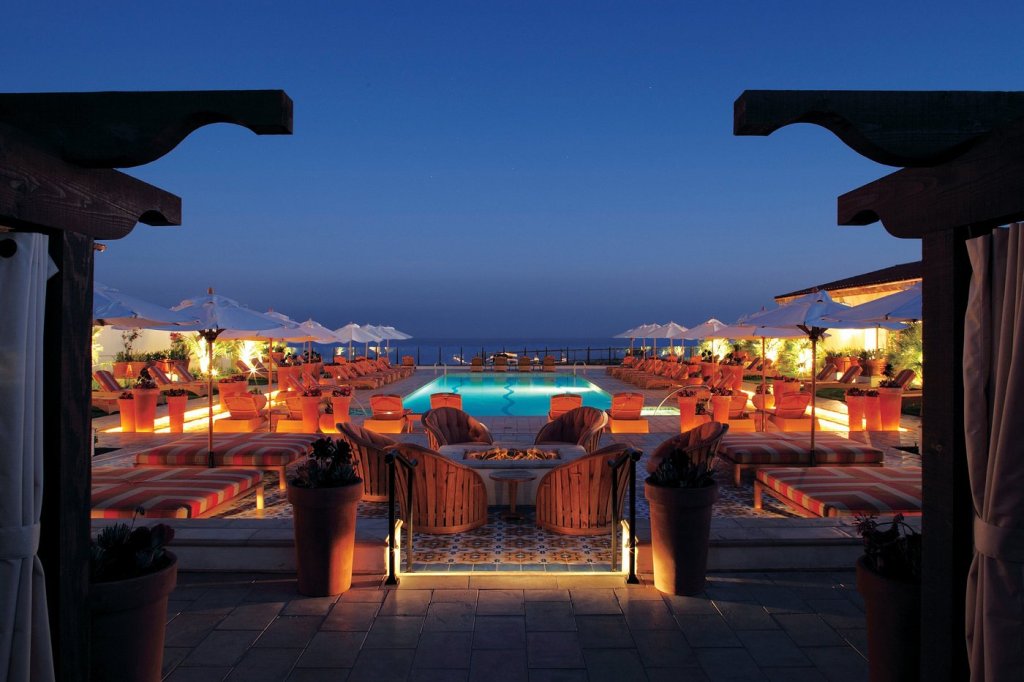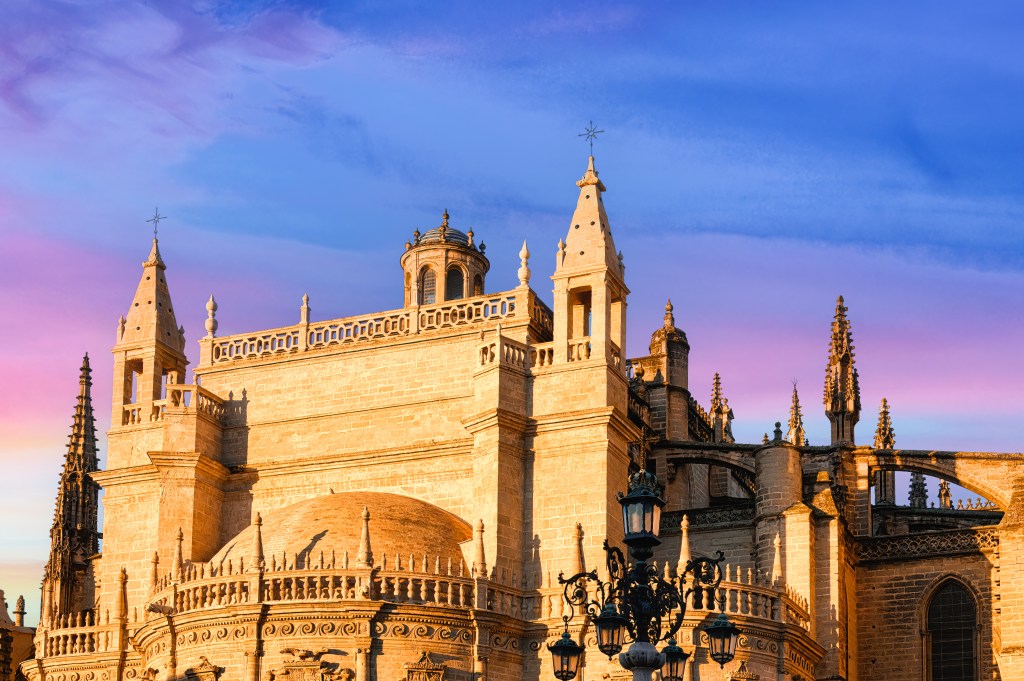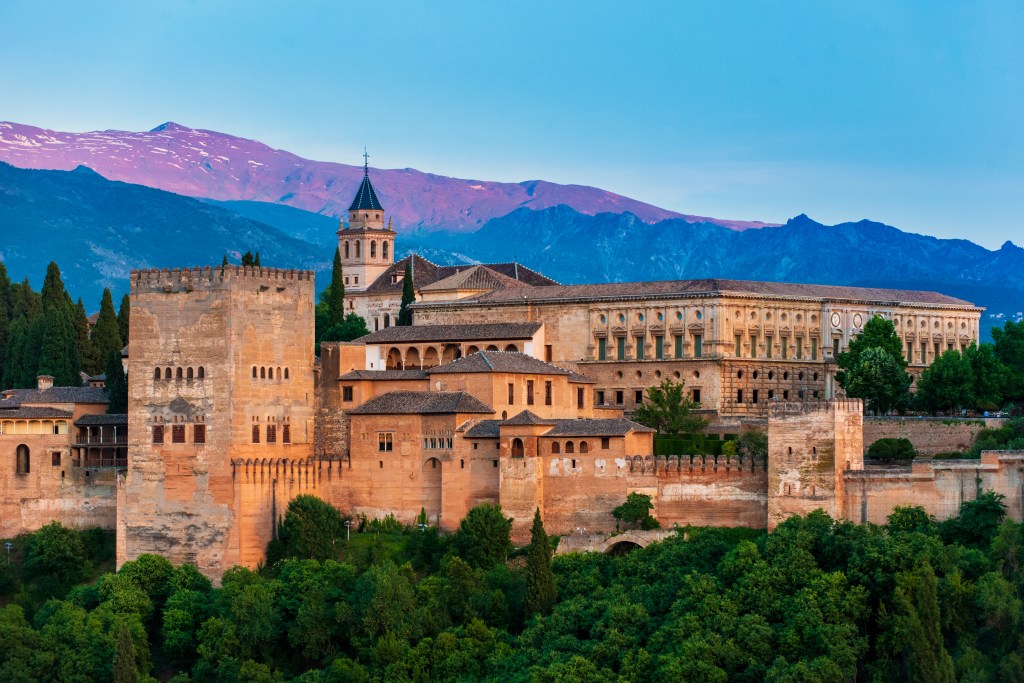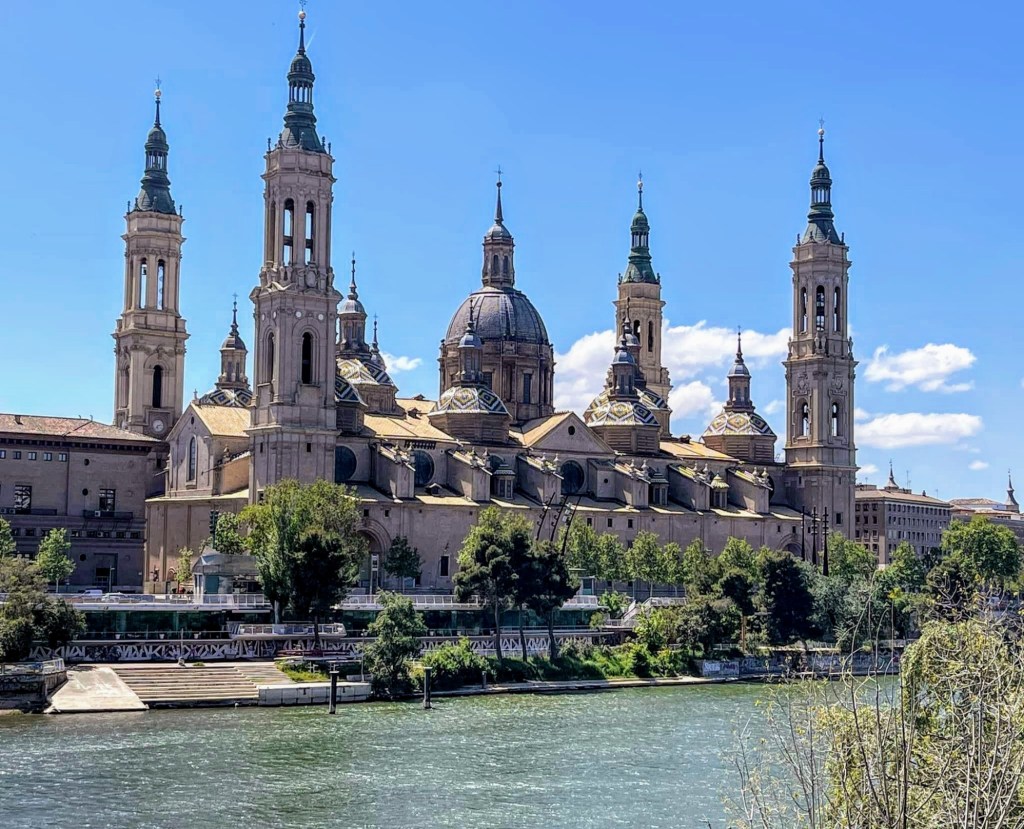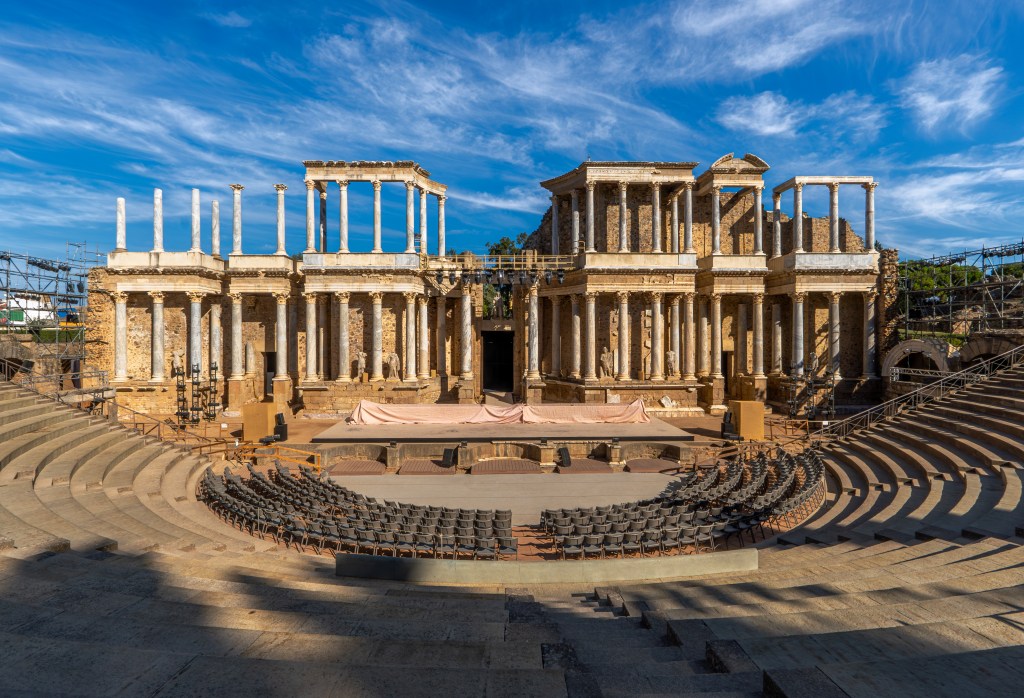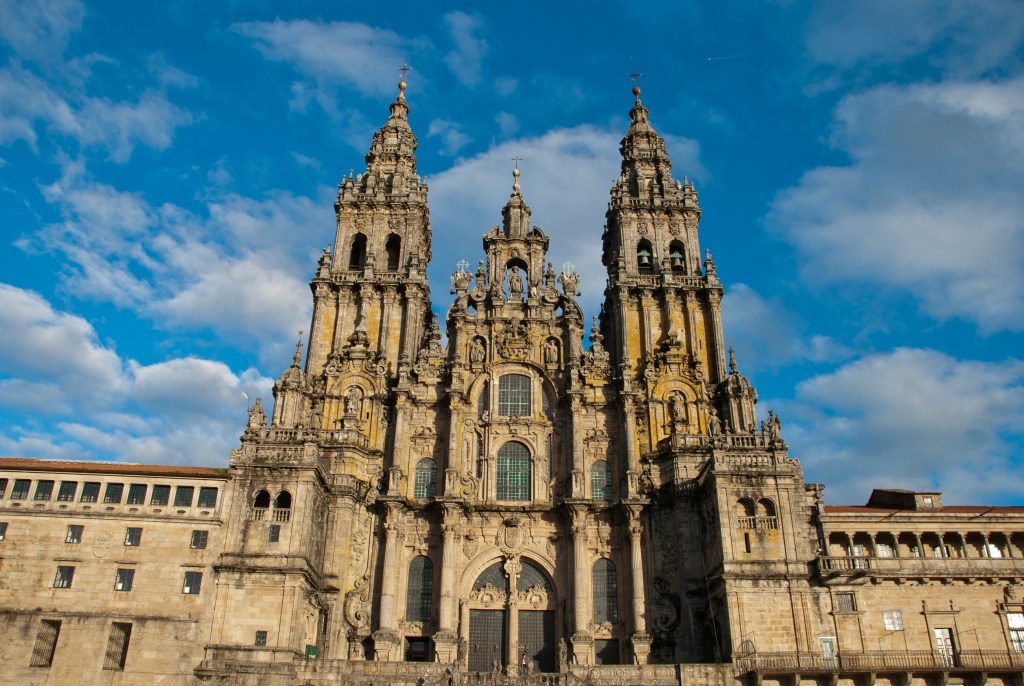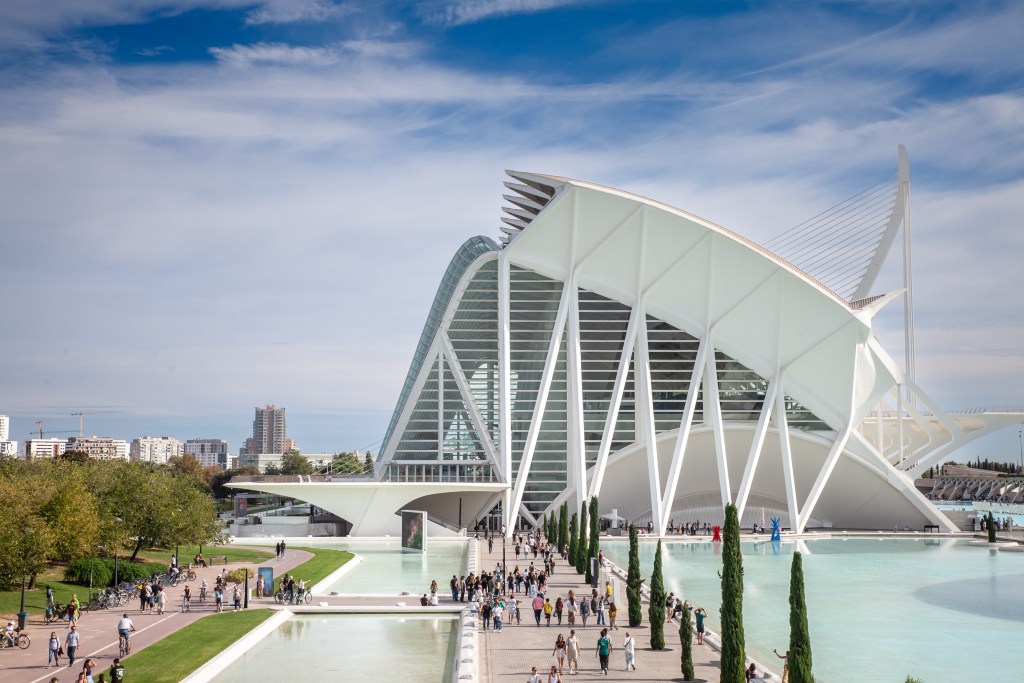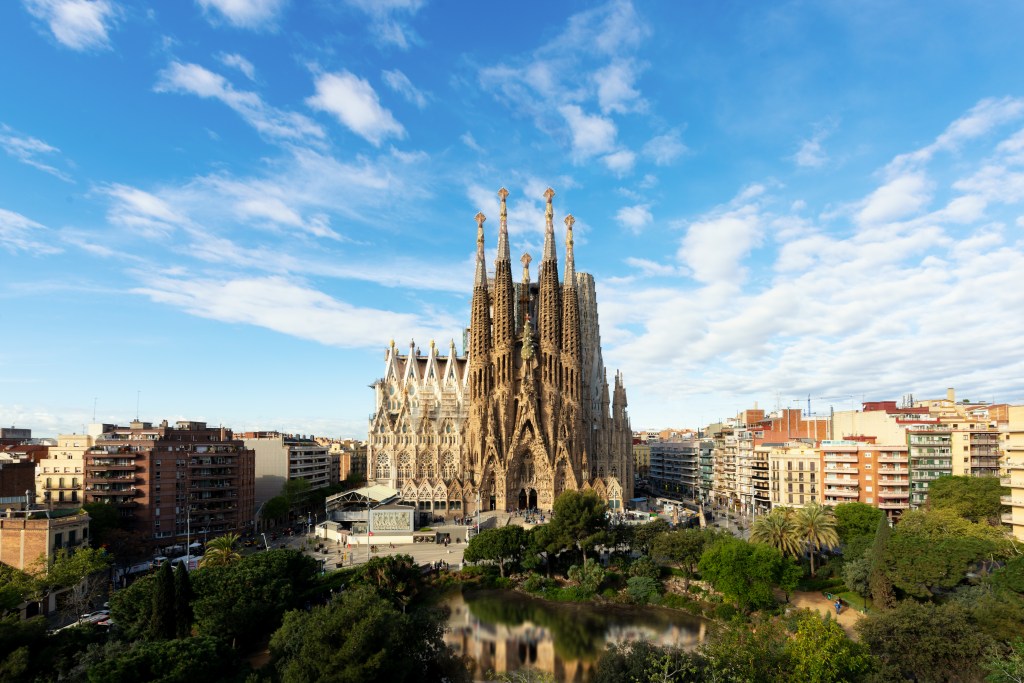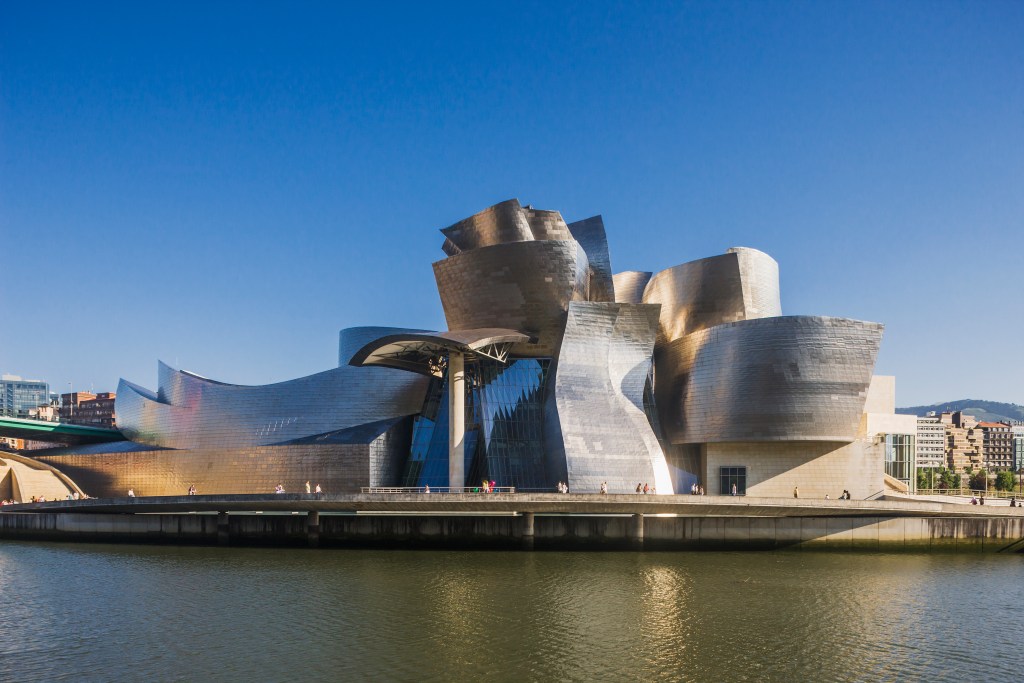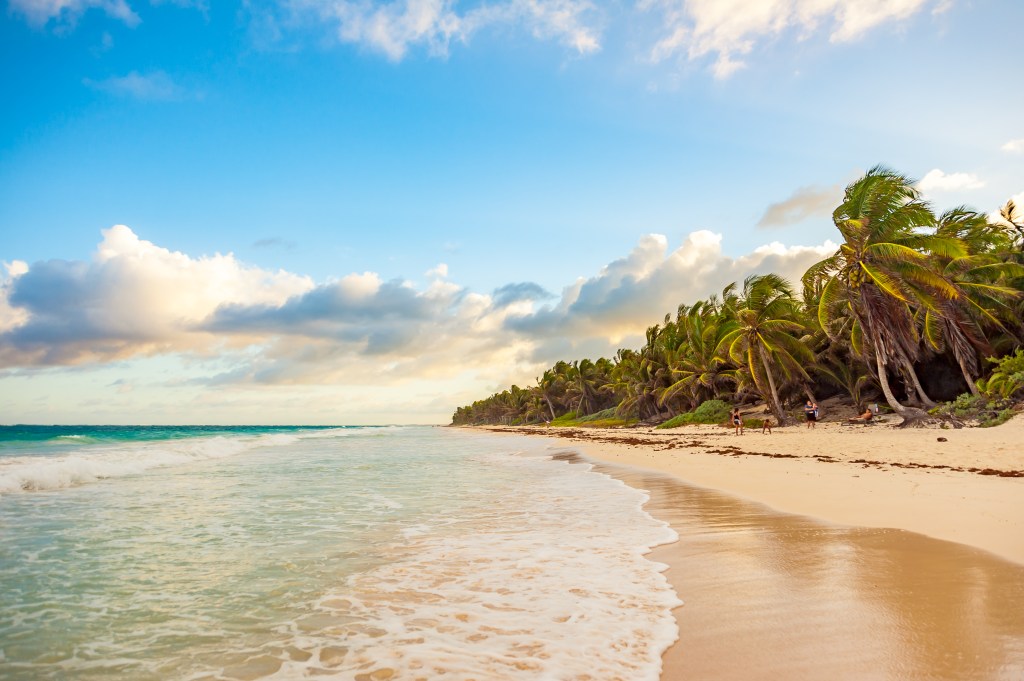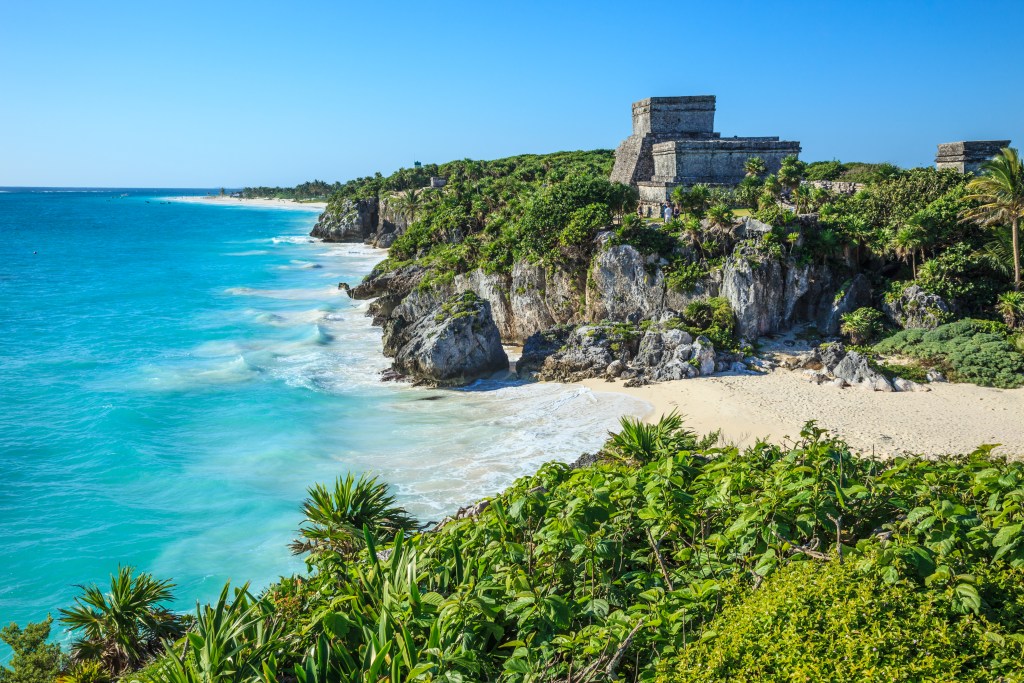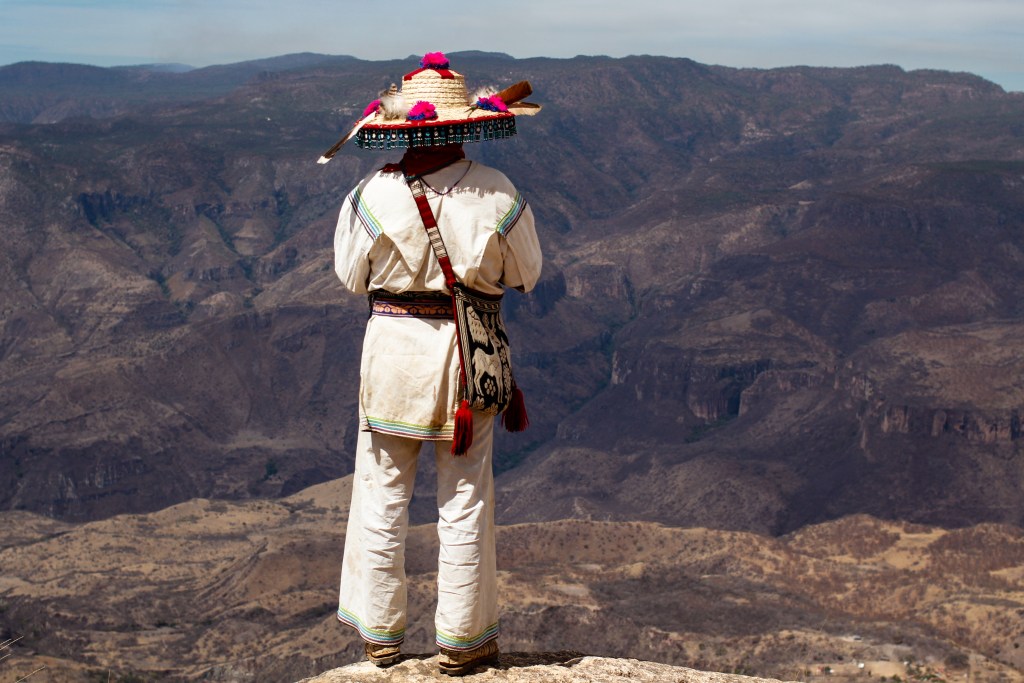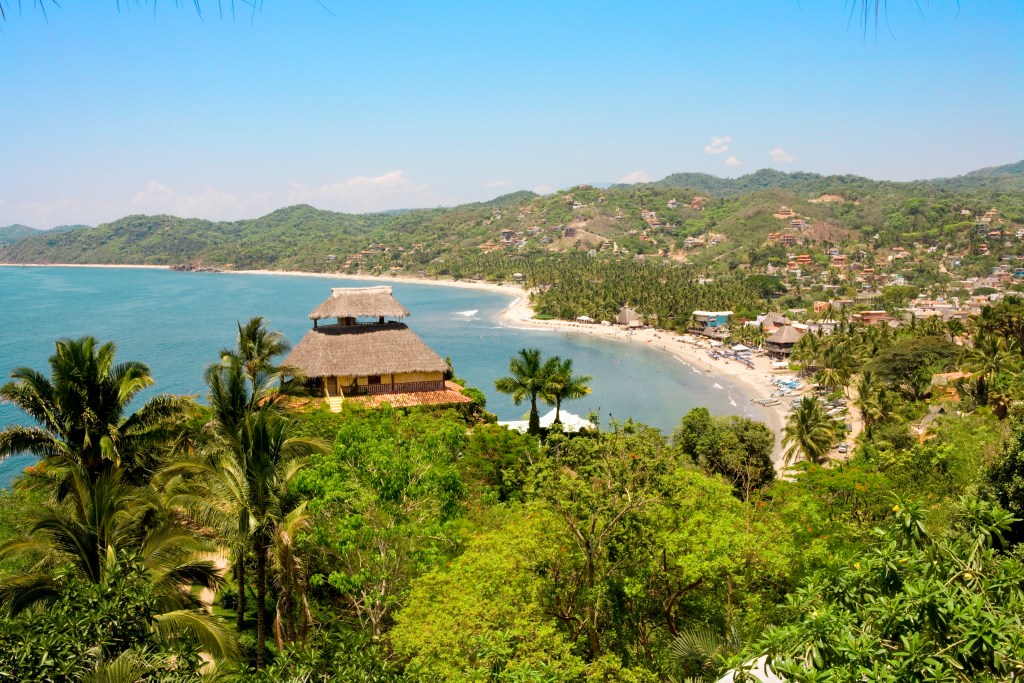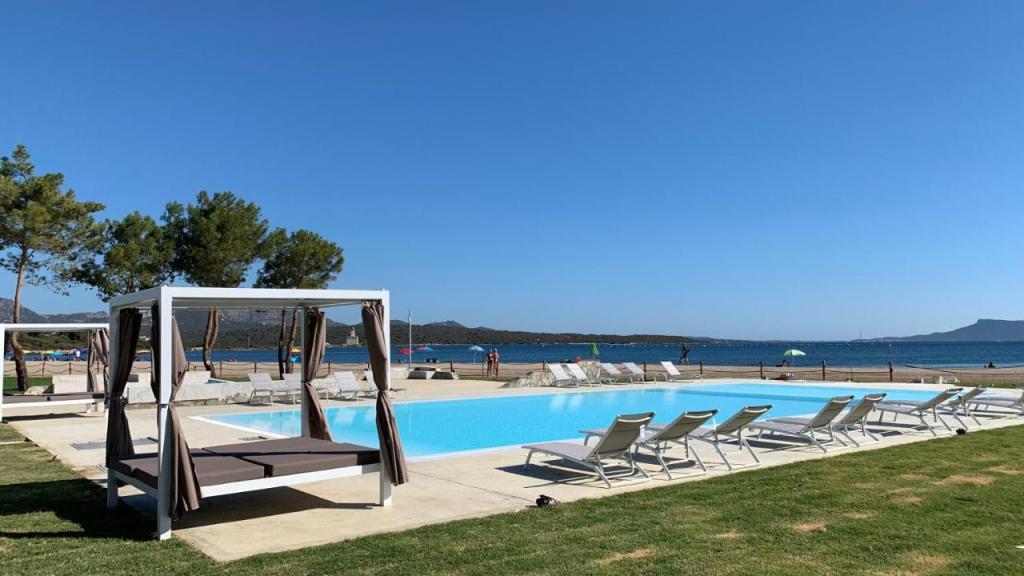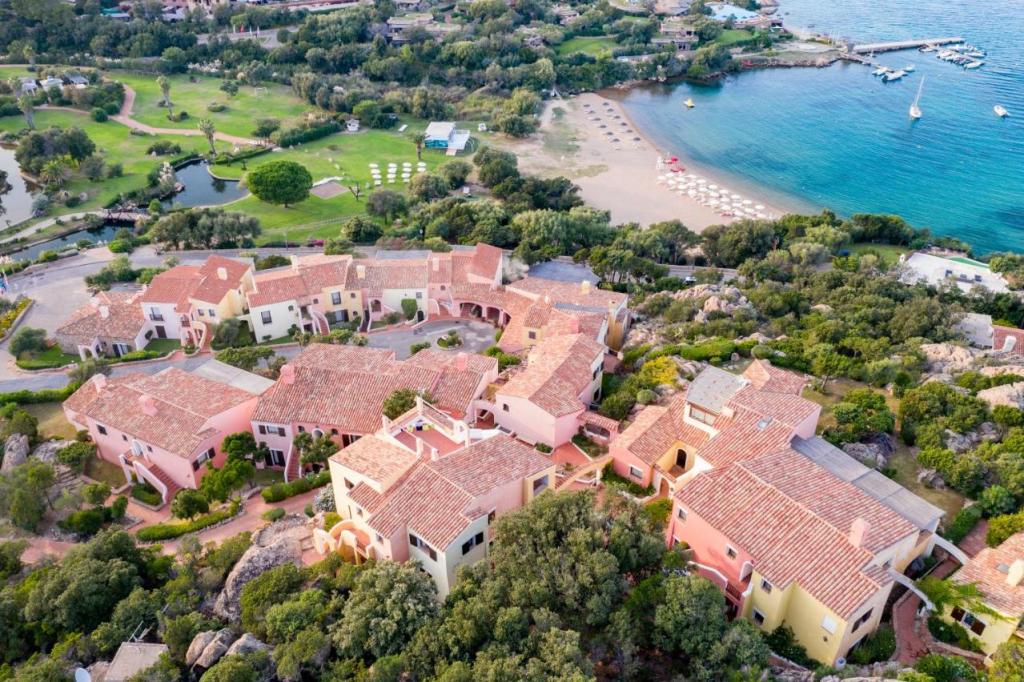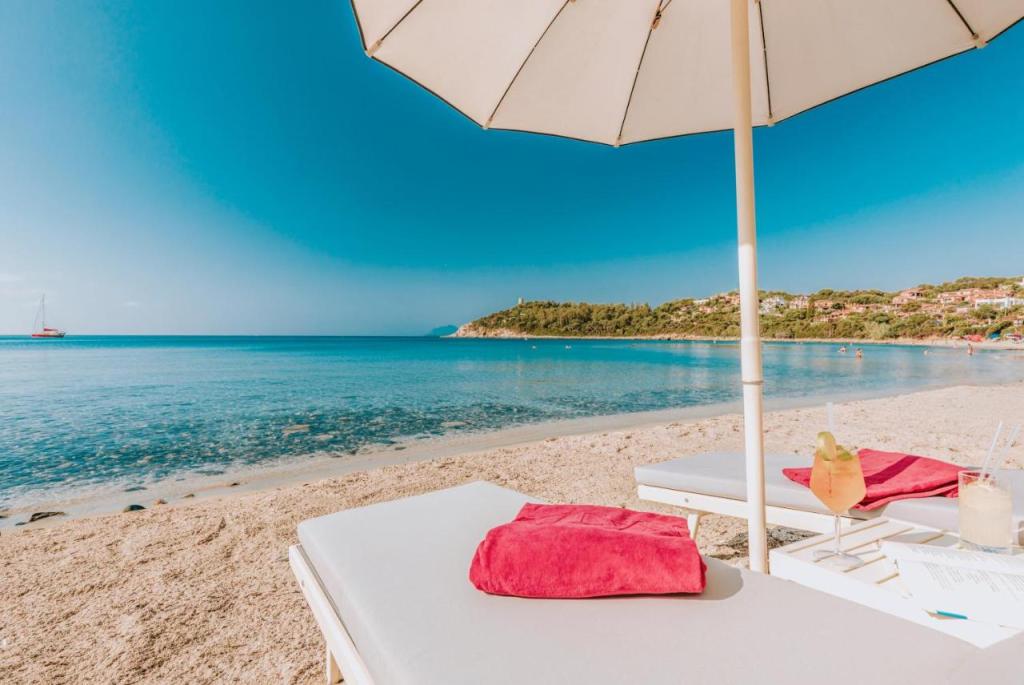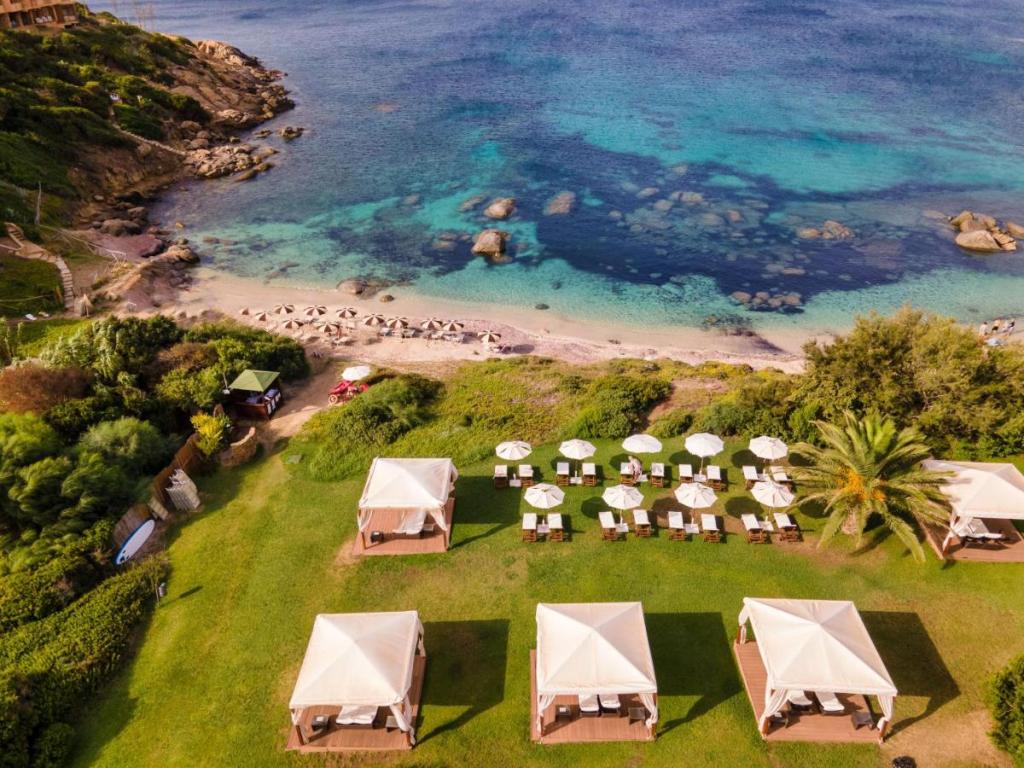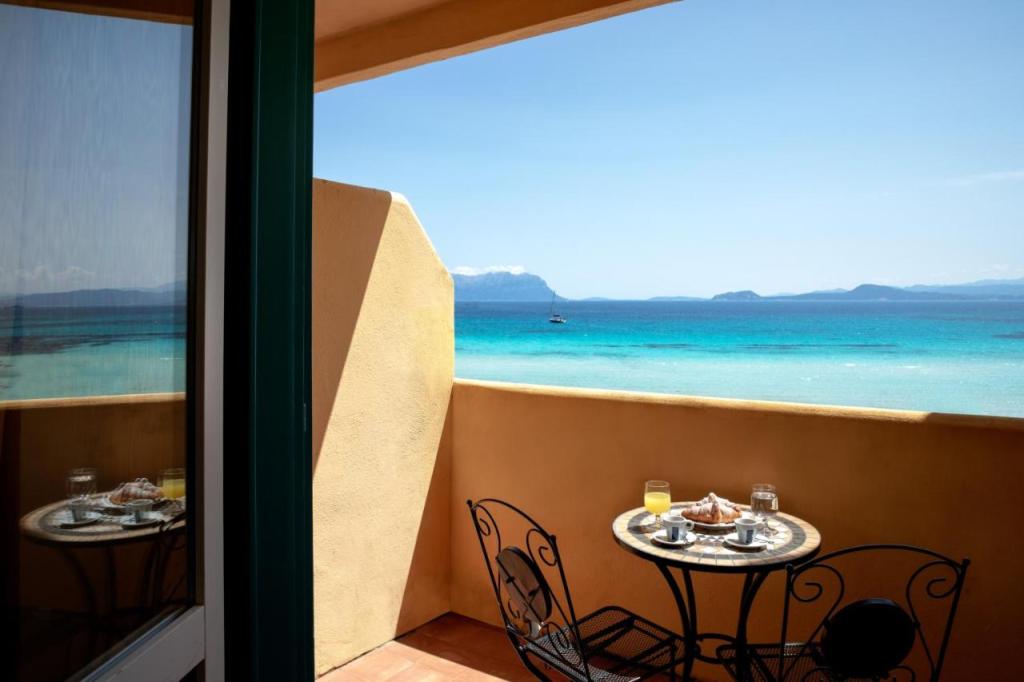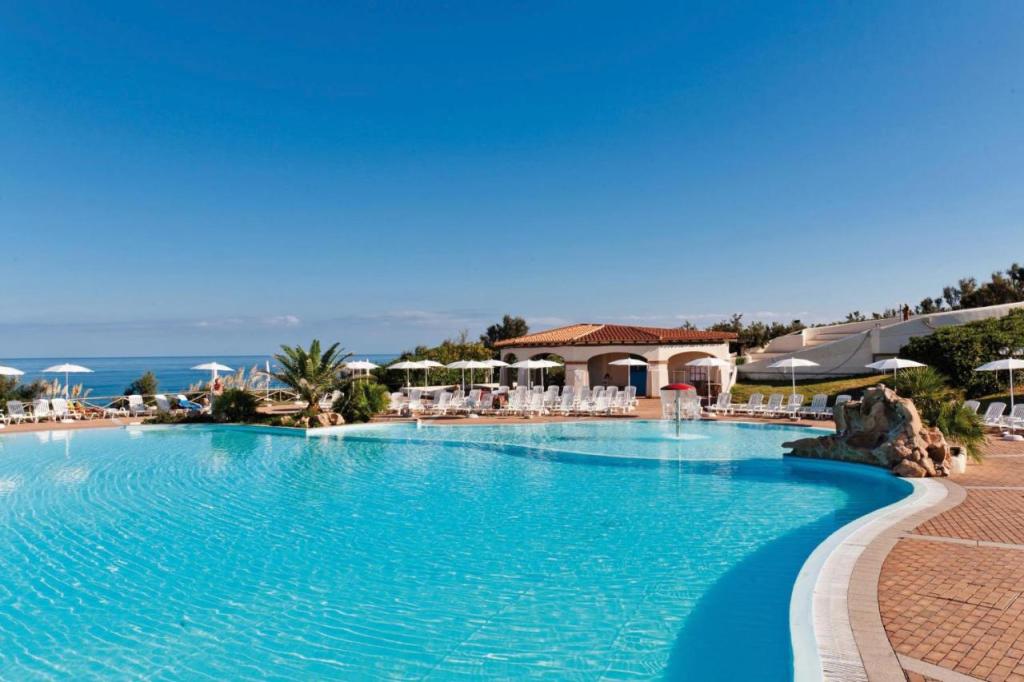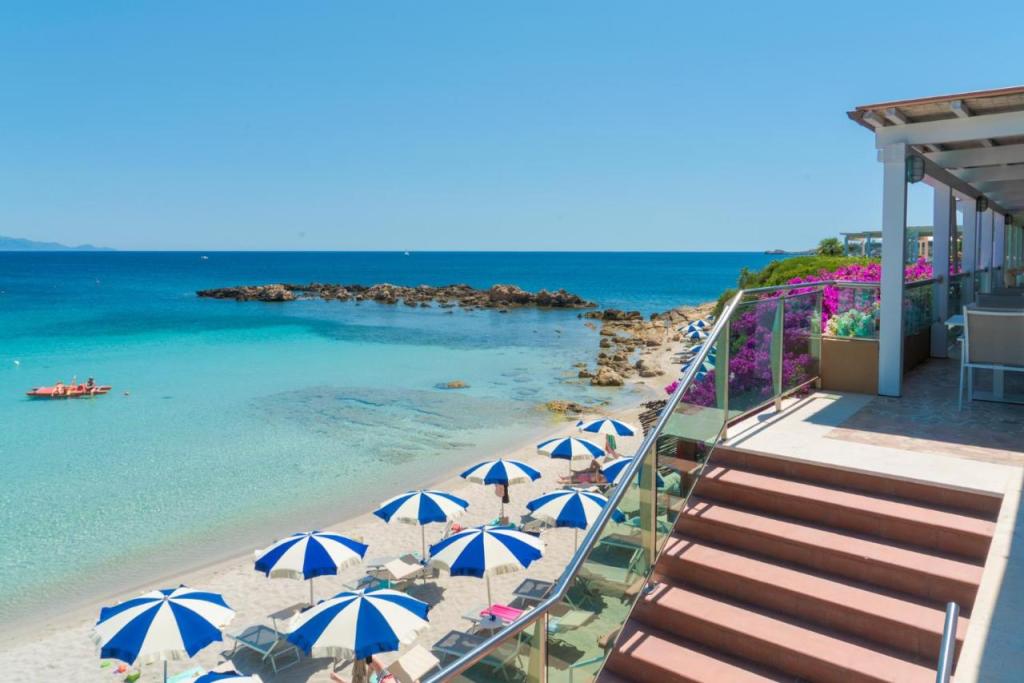[The World Tour of Oopsies is an ongoing series of travel stories about my first decade of travel. During these adventures and misadventures, I unlearned many things I thought I knew about life. Welcome to my miseducation.]
Catch up on the World Tour of Oopsies travel stories:
Part I / Kolkata & Kali Ma
One year after visiting Cambodia, I found myself on another teen travel adventure for Western youths. This time, I was backpacking through Sikkim. Sikkim is a tiny Indian state wedged between Nepal and Bhutan. Situated in the steep Himalayan foothills, it has a distinctly Tibetan influence.
I’ll get to what happened in those foothills in the coming weeks in the next chapter of my world tour of travel stories.
First, my group had to get there. We flew into Kolkata and got situated at a hostel where we’d stay for a few days. One of our very first adventures in the city was to visit a Hindu temple. Not just any Hindu temple, but one dedicated to Kali Ma.
If you want to read up on Kali, Hindu American has a pretty solid website. If not, let me give you a very brief summary: Kali Ma is a very fierce goddess with 18 arms and a name that translates loosely to ‘she who is black’. When you look up her image, you’ll see quickly that strength and ferocity are central to her spiritual role.
Kali Ma represents sacred feminine power that can break our egos and deliver us to enlightenment while protecting us from evil. Though ‘scary’, her frightening features are always working in favor of her flock, to borrow a Christian term.
Here’s a little line from the Devi Mahatmyam, a sacred Hindu text, that describes her. “Mother, you kill your enemies wishing happiness for this world.”
You’ll see her name written as Ma Kali and Kali Ma, which is a term of reverence, sort of like calling Mary the Blessed Virgin Mary. Because I’ve had transformational experiences in her spiritual presence, I also refer to this goddess as Kali Ma—but, again, if you want to delve into Hinduism, I suggest learning more from a Hindu.
Part II / The temple & idolatry
Once again, Hinduism is far too complex for me to quickly break down what happens inside its temples. Generally speaking, each temple includes various areas for different forms of worship or pujas. There are also (usually) idols that represent the gods and goddesses worshipped, which can take many forms.
Kali Ma’s idols are usually black, adorned in flowers and jewels, with the Goddess’s tongue sticking out. The goal in entering a temple with an idol is to make physical or eye contact with it, which contains part of the deity’s spirit and can lead to earthly blessings.
The idol is usually housed inside a building where attendants take care of it and help dispense blessings to visitors. But India is a busy, populated place, meaning it’s not uncommon to be rushed through the small vestibule where the idol sits.
I didn’t know any of this at the time I visited one of Kolkata’s Kali Ma temples.
All I knew was that Kali Ma was a spiritual rock star, one that drew worship from millions upon millions despite the fact that she was powerful, feminine, and not at all like the Virgin Goddess I’d grown up worshipping. But let me reiterate, I didn’t know anything about Hindu temples. All I knew about Kali Ma was what I’d privately researched as a spiritually curious teenager from the Midwest.
So, when I walked in and saw people lining up healthy goats for sacrifice to the Goddess, my first thought was, Oh, shit, I really hope my parents don’t find out about this.
Part III / The goat sacrifice & the slap
I was in Kolkata’s Kalighat Temple, a famous, 200-year-old temple where many Hindus make a pilgrimage to worship Kali Ma. It’s one of 51 sacred Kali zones around the world and is believed to be the resting place of Sati’s right toe, a previous incarnation of the Goddess.
It’s also the only temple in Kolkata where you can sacrifice a goat to Kali.
Again, I can’t hope to explain the complexities of animal sacrifice within Hinduism; unsurprisingly, it’s a hot topic for a religion that leans toward vegetarianism in many sects. But I do want to communicate clearly that the sacrifice I saw was done with the utmost respect for the animal and the act. In short, it had great meaning for all those directly involved.
Those who provided the goat were humble and in need. The priest who carried out the sacrifice was equally solemn. With quick, orchestrated movements, the deed was done, and the goat suffered no more.
I was one of maybe twenty or so visitors who watched the sacrifice happen. We stood around in silence, with many tourists casting their heads down either out of respect or shock. But one (domestic, Indian) tourist took a video of the process, which got the attention of the priest.
He stormed over to where the tourist stood with his phone still in his hand. He raised his finger to admonish the tourist and, with surprising speed, ripped his hand back to deliver a devastating slap. The tourist reeled backward, and the priest went on and on, apparently demanding he delete the video.
And that’s what I remember most about the goat sacrifice: the slap that succeeded it. It was the most righteous thing I’d ever seen in my life. I will remember that burly man’s hands so long as I live.


